LAST UPDATED: May 8th, 2015
It was that time of year that deer hunters across the country dream about; mid-November, overcast, temperatures in the upper 30s and a little breezy. The weather was perfect. I was set up downwind of a sanctuary that I knew several bucks felt comfortable moving in and out of during the daylight and, coupled with the time of year and weather conditions, I had high hopes for the afternoon’s hunt. I caught movement coming out of the sanctuary a little early than I expected, about 3:30, but I certainly wasn’t going to complain. A quick glance through my binoculars revealed the sex of the whitetail; perfect, a buck.
I was downwind and he was clueless of my existence. I took a deep breath and calmly grabbed my weapon, all the while keeping my eyes locked on him as to immediately freeze should he peg my location. He aimlessly crossed the steep ditch that separated his safety net from my stand location, and I slowly shifted my position to ready myself for the upcoming shot. He was at 20 yards, but the angle was poor and I knew he’d come closer. Finally, he stopped at 8 yards and began munching on acorns. This was it, the perfect shot, the perfect angle, it was now or never. Quietly, I focused on the unaware buck and… CLICK! Perfect! I had just executed the shot on an unexpecting whitetail buck, what could better?
This “soon-to-be” giant buck made the mistake of stopping right underneath my treestand in mid-November. I took several photos of him that afternoon as he munched on acorns and kept me company for hours.
Well, several things could have been better. For one, I could have “shot” the buck with my bow, not my camera, and two, the buck could have been bigger than a button buck, but I was thrilled nonetheless. For me personally, hunting whitetail deer and photography are one in the same. They both provide me with an inexplicable amount of satisfaction and enjoyment. Conversely, they are a skill and passion of mine that I will never fully understand and master, and do quite well knowing that.
That being said, I’m sure the majority all of us have been outdoors, not even hunting I’m sure, and the natural world struck us with such beauty and awe, that we felt compelled to take a picture. There’s no such thing as a bad picture, except a picture not taken. The world famous Ansel Adams once authored this quote, “There are no rules for good photographs, just good photographs.” I agree wholeheartedly. However, since outdoor photography is art, a form of personal expression, I wouldn’t feel comfortable authoring a “How To: Outdoor Photography” article, but I’ve learned enough through trial and error (many errors) on how to get the most out of your outdoor, landscape, scenic and hunting related photographs.
Rules of Composition
As stated above, I don’t feel comfortable at all writing an article telling you how you should go about taking your photos. We’ve all been blessed with a creative mind, some more so than others, but it would be repulsive of me to claim to stake as an omniscient photographer, because there is no such thing.
There are however, a few rules that should be followed to get the most out of your photos, the rules of composition. A poorly structured photo can turn a beautiful image into a train wreck.
Rule of Thirds
The first and most common rule is the rule of thirds which states that you should place the most important subjects of your photo along 9 equal, imaginary segments broken down by two vertical and horizontal imaginary lines. This adds depth, interest and balance to your photo, and can help tell a more involved story opposed to a subject centered image.
An example of how the rule of thirds helps balance the photo.
Ascending or Descending Lines
A little quality time in a treestand will tell you that we live in a vertical world. It makes sense, because everything grows towards the sun, so it’s only natural that our eyes are drawn to lines. Keeping these lines in mind when taking photos can greatly determine how we look at a photograph and the best part is, it’s up to the viewer to determine what each line means and how it tells a story within a photo.
An example of descending lines can take your eyes straight to the subject of the photo.
Viewpoint
Experimenting with different viewpoints is a very fun and unique way to develop your own creative photography style. When outside shooting photos, we often feel rushed to get the perfect shot, without taking into consideration how the image could look if we changed our view point. Changing your viewpoint can be easily done by shooting your subject at an angle, from an elevated position or from ground level. Again, it’s your creative decision. Photography is starting to sound pretty cool now, isn’t it?
I dropped down to my knees to capture this photograph. Simply standing and shooting down at my dad’s hand wouldn’t have created such a dramatic effect.
Depth
Depth is perhaps my favorite photography “rule” simply because the majority of my photos are meant to tell a story, and adding depth to an image is a great way to do so. Altering your framing as to place different subjects at varying distances in the foreground, middle ground, or background (or all three) adds depth to the story literally, as well as figuratively. Another cool photography technique is using one subject to block, or reveal (your creative mind will decide that for you), another subject. Again, this is another cool way to tell a story with an image.
There are two subjects in this photo, one the foreground and one in the background. Combined, the two come together to tell a story about the hunter and his beliefs.
Another shot where depth helps tell a more complete story.
Photography Equipment
In a world powered by social media, beautiful outdoor images pop up in our news feed and timelines regularly. That’s because the technology in cameras continues to evolve making photography easier to learn and practice, more user friendly. Fantastic photos can be taken with small point and shoots, and even mobile devices can capture a beautiful image.
However, if you’re truly interested in outdoor photography, you’re going to need much, much more than those devices. A point shoot can’t gather enough light to do a sunset justice, and your iPhone isn’t capable of the long exposures required to capture starlit nights.
Digital Single Lens Reflex (DSLR) cameras are becoming more and more popular, because they are becoming cheaper, easier to use and are capturing incredible images like never before. What body you decide on is a lot like what bow you decide to shoot, it’s purely a personal preference. Some cameras just feel better in hand to some photographers, while others don’t. The bottom line is the camera doesn’t make a great shot, the photographer manning the camera does.
Before purchasing a camera and lens, develop a budget with which you are comfortable. When making purchase decisions, however, remember that a quality lens is far more important that the camera body.
Many folks who are new or inexperienced in the world of photography mistakenly think that a camera body is the most important piece of equipment needed for their arsenal, when in reality they couldn’t be farther from the truth. Yes, a camera body is important, of course, but it takes a figurative back seat to what lens you are attaching to that body. Provided you don’t crack the glass, your lens will outlive any camera body, and your glass quality is what really gives you the beautiful contrast, sharpness, clarity and depth of field that will really make your photos pop.
Landscape, Scenic Photography
Landscape photography is perhaps the most common form of photography, simply because the natural world is filled to the brim with beautiful imagery everywhere you look. Whether you live in the city, the mountains or the Great Plains, breathtaking views are plentiful and willing to be captured by the creative and willing photographer.
I’ve often heard folks say that the world just looks dead in late December. I beg to differ!
Personally, I want to create a sense of passion with my landscape photos, a feeling that the viewer was there with me when I took the photo, and I want to share with them how I see the world. Rarely do I want to trigger a viewer’s intellectual. To me, as complex as photography can be, it should be more about feelings and emotions, and less about thinking and the analytical. This can be easily achieved with landscape photography. A shot of a bronze sky over a barn could tell a story of a hot, hard day’s work during the summer. While a barren field with overcast skies certainly tells illustrates a blustery cold winters day.
What mood do you feel after viewing this photo? I think of a springtime thunderstorm about dump buckets of rain on a booming clover food plot!
To me, this photo has great sentimental value. But for you, however, it could mean something totally different! That’s the beauty of photography.
Wildlife Photography
Wildlife photography is perhaps the sexiest form of photography, especially to us hunters, because if there’s a substitute to putting an arrow through a mature whitetail, snapping a photo of him with your camera has to be a close second. Unfortunately, wildlife photography is also the most difficult form of outdoor photography, because, like hunting you’re at the animal’s mercy.
This is my favorite photo of a whitetail deer that I have ever been lucky enough to capture. I was simply in the right place at the right time.
The most common obstacle outdoor photographer’s encounter when trying to capture images of wildlife is getting close to their subject. It’s been well documented that animals aren’t comfortable in the presence of humans, especially when said human has a strange decide pointing right at them, it tends to make them uneasy and on edge. So, to capture wildlife when they are calm and relaxed, a lens with a strong zoom, at least 200mm, is almost necessary. This will allow animals within 40 yards to be photographed tightly enough for a strong image, and will allow for incredible detail for close up shots on animals less than 20 yards.
This buck was no more than 20 yards from my car when he posed for me for a little over 2 minutes this past August. I was able to capture several photos and record about 30 seconds of video footage of him as well.
Actually capturing images of wildlife (okay, some wildlife) isn’t as hard as it first sounds. When I say wildlife photographer, I am sure you are thinking of an individual in a ghile suit hidden in the brush waiting for a deer to walk by. While that is certainly one way to capture photos, and necessary for many species of wildlife, beautiful photos of deer, turkeys, birds of prey, and the occasional fox or coyote can be attributed to a simple drive around back country roads. Animals feeding in fields near roadways are usually very tolerable of vehicles and will often allow you to snap several shots before either trotting back to cover, or resume feeding, especially during the summer.
Every so often you stumble your way onto a crisp, clear and colorful photo. Such is the case with this nervous doe. She was very close to my car, and I was fortunate enough to grab a couple photos of her before she bolted back in the timber.
Conclusion
Outdoor photography is a wonderful art form and a beautiful means of expression. It gives creative minds a chance to come out and play and, with a little practice, it gives not so creative minds a chance to explore the world in ways they never thought possible. If you’re an amateur or photographer who is just beginning to explore the world of capturing still images, or a seasoned veteran who’s been shooting their entire lives, I hope this article has given you some useful information you can to the field with you. Just remember, there are no rules when it comes to photography, so grab your camera, head outside snap some photos and about all else, enjoy the beauty that is the natural world!

.jpg)
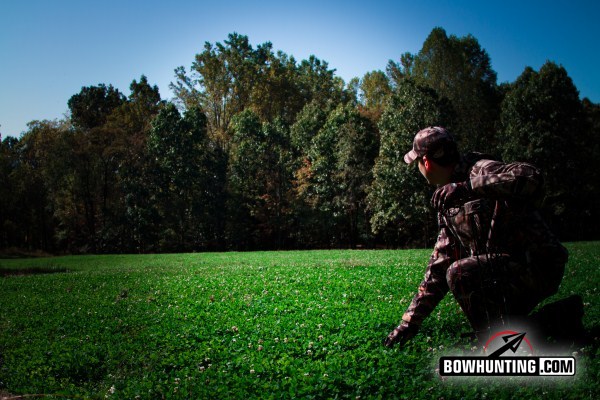

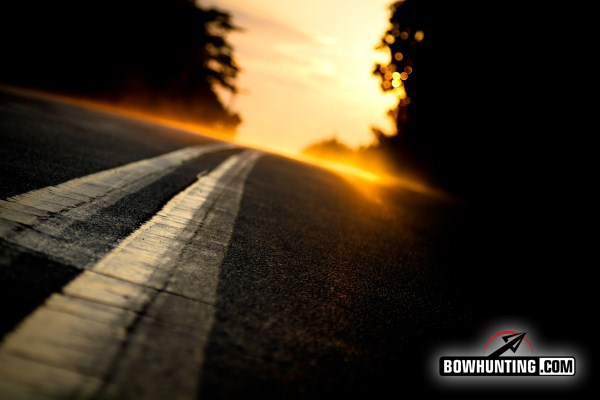
.jpg)
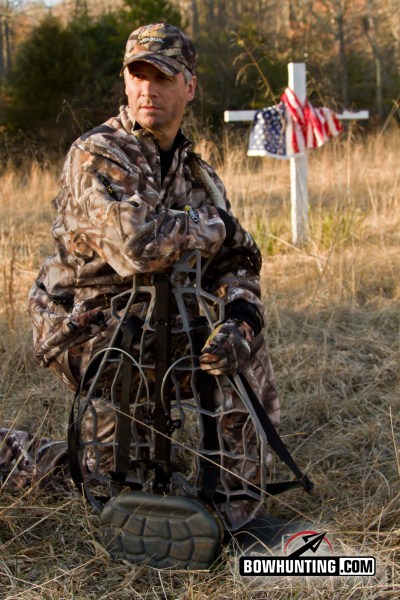
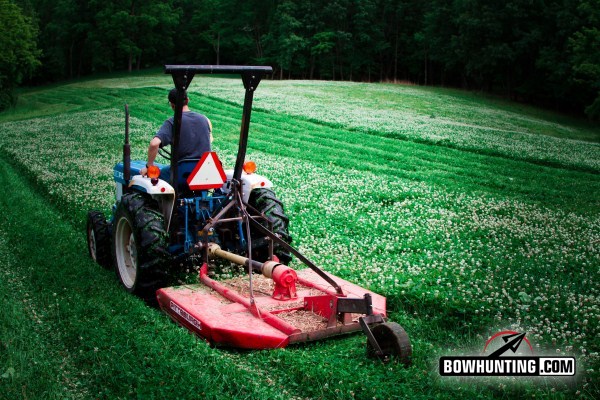
.jpg)
.jpg)
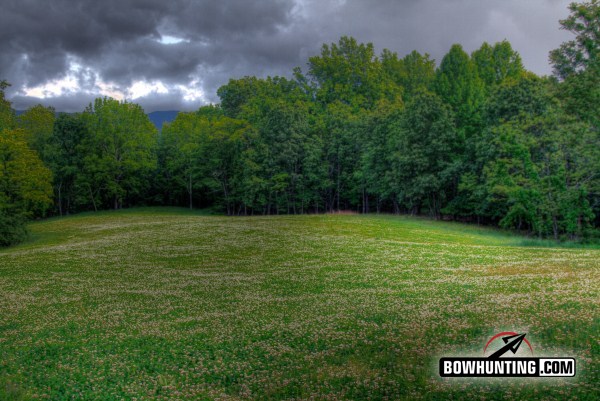
.jpg)
.jpg)
.jpg)
.jpg)





